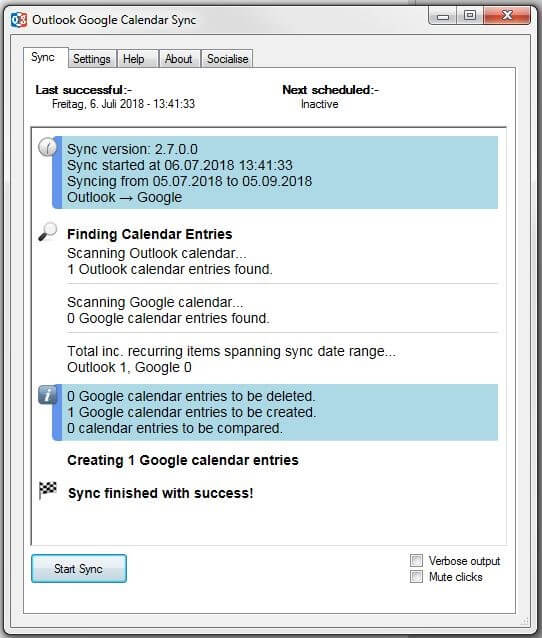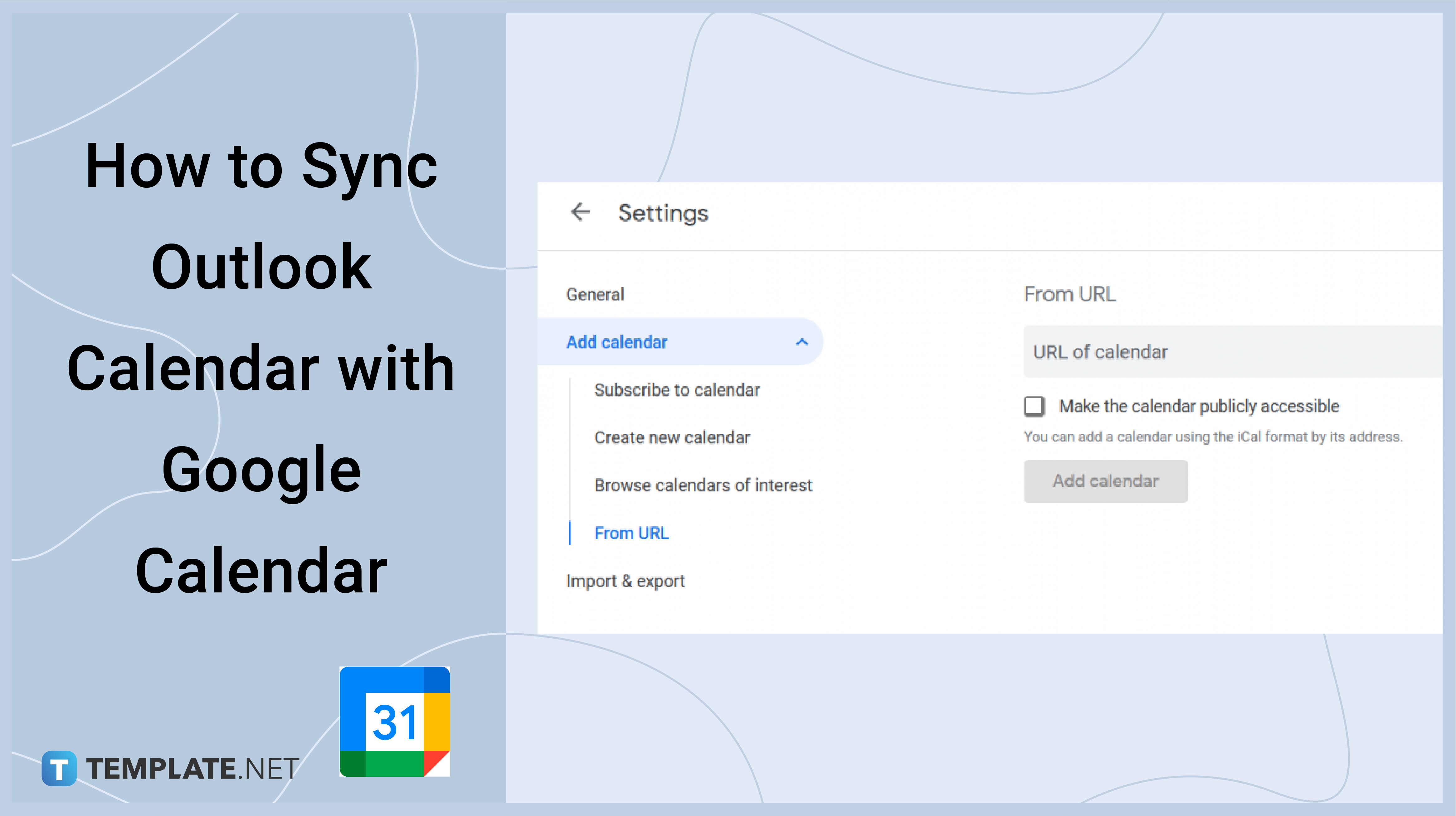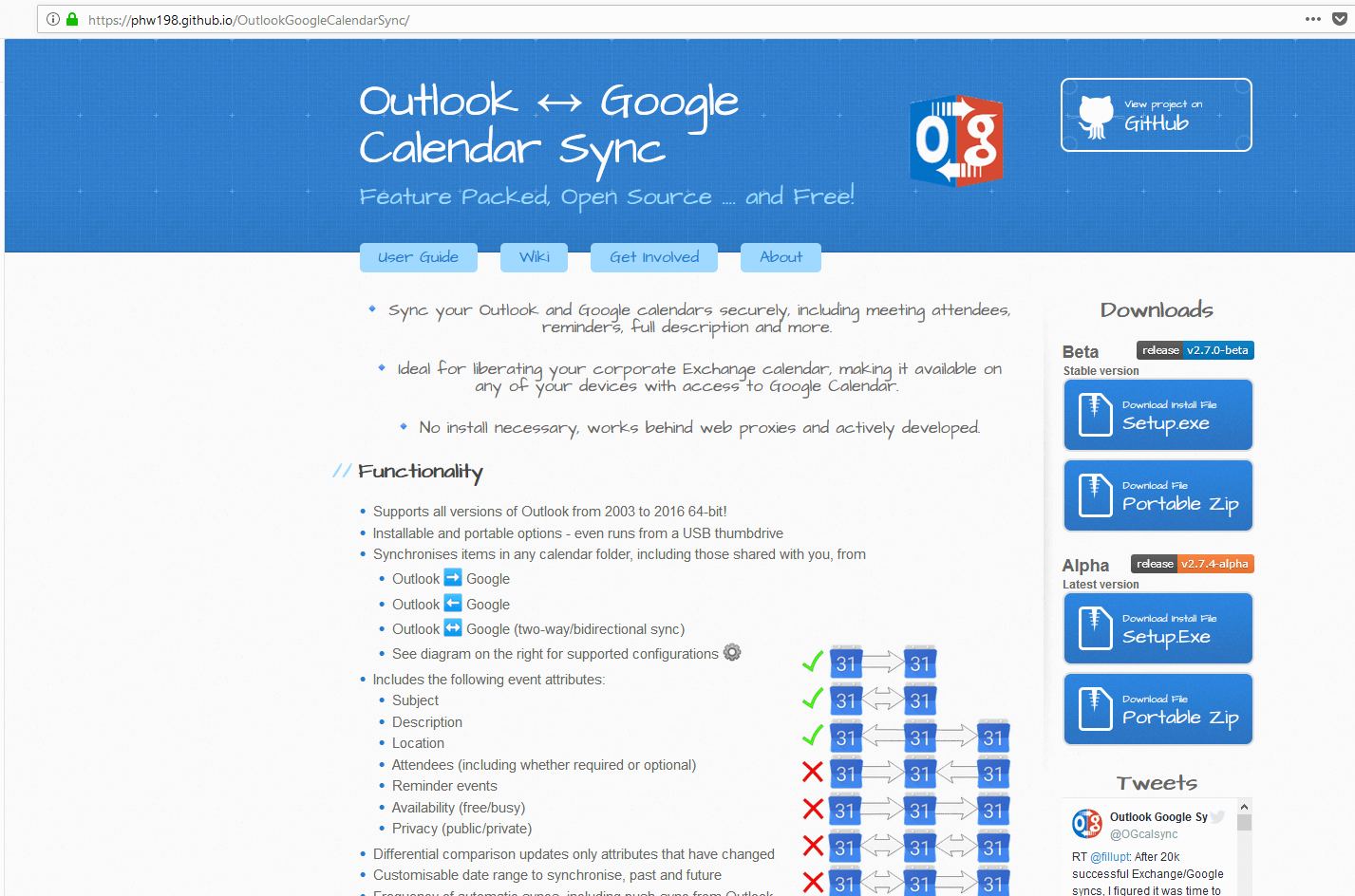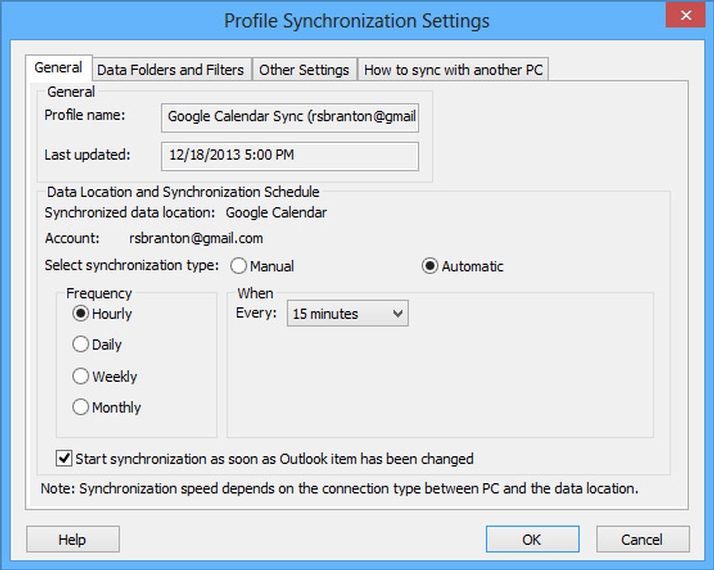Outlook and Google Calendar: A Seamless Synchronization Information
Associated Articles: Outlook and Google Calendar: A Seamless Synchronization Information
Introduction
With enthusiasm, let’s navigate via the intriguing matter associated to Outlook and Google Calendar: A Seamless Synchronization Information. Let’s weave attention-grabbing data and provide contemporary views to the readers.
Desk of Content material
Outlook and Google Calendar: A Seamless Synchronization Information

For a lot of professionals, juggling a number of calendars is a each day actuality. The necessity to handle appointments, conferences, and deadlines throughout totally different platforms – notably the broadly used Outlook and Google Calendar – usually results in scheduling conflicts and missed alternatives. Fortuitously, synchronizing Outlook and Google Calendar is achievable, albeit with various levels of complexity relying in your chosen methodology. This complete information will discover the varied choices out there, highlighting their benefits and downsides, and offering step-by-step directions to make sure a easy and environment friendly synchronization course of.
Understanding the Want for Synchronization:
Earlier than delving into the technical points, it is essential to grasp why synchronizing Outlook and Google Calendar is useful. The first benefit is eliminating the necessity to manually replace each calendars each time a change happens. This prevents double-booking, ensures everybody concerned has entry to essentially the most up-to-date data, and reduces the chance of missed appointments because of discrepancies between the 2 calendars. Moreover, synchronization enhances productiveness by centralizing your scheduling data, making it simply accessible from numerous units and platforms.
Strategies for Synchronizing Outlook and Google Calendar:
A number of strategies exist for synchronizing Outlook and Google Calendar, every with its personal set of professionals and cons:
1. Two-Manner Synchronization utilizing Third-Occasion Functions:
Quite a few third-party purposes concentrate on synchronizing information between totally different calendar platforms. These purposes usually provide superior options past fundamental synchronization, equivalent to two-way syncing (modifications made in both calendar routinely mirror within the different), battle decision, and customised synchronization settings. Fashionable selections embody:
-
Zapier: A robust automation software that connects numerous apps, together with Outlook and Google Calendar. Zapier means that you can create "Zaps" – automated workflows – to synchronize particular occasions or duties between the 2 calendars. This gives flexibility, permitting you to decide on which information is synchronized and the way. Nonetheless, it requires a subscription, and organising complicated Zaps may be time-consuming.
-
Microsoft Energy Automate (previously Microsoft Movement): Much like Zapier, Energy Automate gives a visible interface for creating automated workflows to synchronize Outlook and Google Calendar. It integrates seamlessly with different Microsoft companies, making it a powerful alternative for customers closely invested within the Microsoft ecosystem. Like Zapier, it is a subscription-based service.
-
Calendly: Whereas primarily a scheduling software, Calendly can combine with each Outlook and Google Calendar, permitting for seamless scheduling and occasion updates throughout each platforms. It is notably helpful for managing appointments and conferences with exterior shoppers or colleagues.
Benefits of Third-Occasion Functions:
- Two-way synchronization: Adjustments made in both calendar are routinely mirrored within the different.
- Superior options: Provide options past fundamental synchronization, equivalent to battle decision and customised settings.
- Flexibility: Permits for granular management over which information is synchronized.
Disadvantages of Third-Occasion Functions:
- Subscription prices: Most require a paid subscription, with pricing various based mostly on options and utilization.
- Complexity: Organising complicated synchronization guidelines may be time-consuming and require technical experience.
- Information safety: Trusting a third-party utility along with your calendar information requires cautious consideration of its safety insurance policies and practices.
2. Utilizing Google Calendar’s Import/Export Function:
This methodology entails exporting your Outlook calendar information as an ICS (iCalendar) file after which importing it into Google Calendar. This can be a one-way synchronization, which means modifications made in Outlook will not routinely replace Google Calendar, and vice versa. Nonetheless, it is a simple methodology for preliminary information switch.
Steps for Importing/Exporting:
- Exporting from Outlook: In Outlook, navigate to your calendar, right-click on the calendar you need to export, and choose "Save Calendar." Select the ICS file format.
- Importing into Google Calendar: In Google Calendar, click on the settings gear icon, choose "Settings," then "Import & export." Click on "Choose file" and select the ICS file you exported from Outlook. Google Calendar will then import the occasions.
Benefits of Import/Export:
- Easy and simple: Simple to make use of, even for customers with restricted technical expertise.
- No subscription prices: A free methodology for preliminary information switch.
Disadvantages of Import/Export:
- One-way synchronization: Adjustments made in a single calendar will not routinely replace the opposite.
- Handbook updates required: Requires guide updates each time modifications are made in both calendar.
3. Utilizing Outlook’s Add-in for Google Calendar:
Whereas not formally supported by Google, some third-party add-ins declare to offer a extra built-in strategy to synchronizing Outlook and Google Calendar throughout the Outlook interface. These add-ins usually require set up and should have limitations of their performance. It is essential to analysis and choose a good add-in with optimistic consumer evaluations earlier than set up.
Benefits of Outlook Add-ins:
- Integration inside Outlook: Permits for managing each calendars from a single interface.
Disadvantages of Outlook Add-ins:
- Restricted performance: Could not provide full two-way synchronization or superior options.
- Compatibility points: Is probably not suitable with all variations of Outlook or Google Calendar.
- Safety issues: Putting in third-party add-ins can pose safety dangers if not rigorously vetted.
Selecting the Proper Synchronization Technique:
The most effective methodology for synchronizing Outlook and Google Calendar depends upon your particular wants and technical experience. In case you require two-way synchronization and superior options, a third-party utility like Zapier or Energy Automate is the most suitable choice, regardless of the subscription value. In case you solely have to switch information as soon as or do not require computerized updates, the import/export methodology is a straightforward and free different. Outlook add-ins provide a center floor however ought to be approached with warning because of potential compatibility and safety points.
Troubleshooting Widespread Synchronization Points:
Even with essentially the most dependable synchronization methodology, points can come up. Widespread issues embody:
- Synchronization delays: Enable ample time for synchronization to finish, particularly with giant datasets.
- Information conflicts: Third-party purposes usually provide battle decision mechanisms, however guide intervention could also be vital.
- Authentication errors: Guarantee your credentials are appropriate for each Outlook and Google Calendar.
- Connectivity points: A secure web connection is essential for profitable synchronization.
Conclusion:
Successfully synchronizing Outlook and Google Calendar is crucial for sustaining an organized schedule and maximizing productiveness. By rigorously contemplating the totally different synchronization strategies and their respective benefits and downsides, you may select the strategy that most accurately fits your wants and technical capabilities. Bear in mind to at all times prioritize information safety and punctiliously vet any third-party purposes earlier than granting them entry to your calendar information. With the correct technique, you may seamlessly combine your Outlook and Google Calendar experiences, making certain a extra environment friendly and streamlined workflow.








Closure
Thus, we hope this text has offered priceless insights into Outlook and Google Calendar: A Seamless Synchronization Information. We recognize your consideration to our article. See you in our subsequent article!